<From Overseas Office> [Vietnam] Is Japanese food cooking becoming a trend? COVID-19 makes food more entertaining.
- Release date: Dec 03, 2021
- 8138 Views
Vietnamese people enjoy eating out despite high Engel’s coefficient
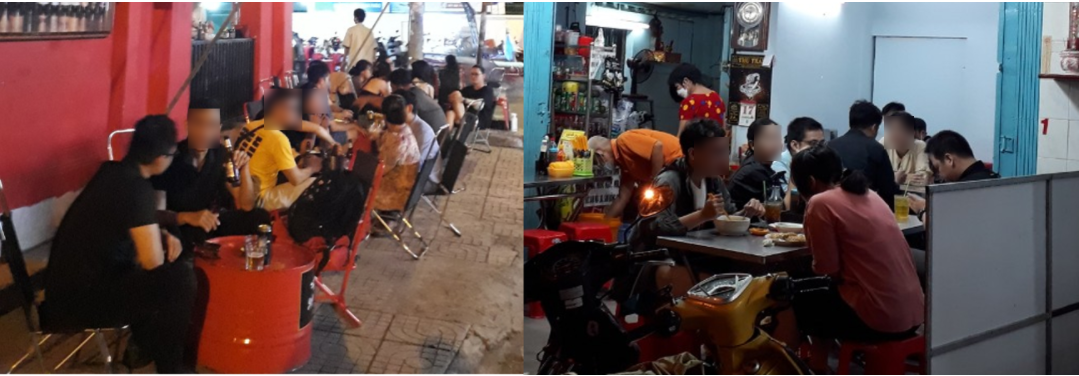
Vietnamese enjoy eating out
Photo source: Author
The phenomenon of food entertainment due to the spread of the COVID-19 give a boost for Japanese companies that are considering entering Vietnam.Photo source: Author
According to data from the General Department of Statistics of Vietnam, the Engel’s coefficient (*1), which represents the ratio of food expenditure to household consumption expenditure, is shrinking from 51% in 2016 to 47.4% in 2020.
However, since the Japanese household survey shows that the Engel’s coefficient is 27.5% in 2020, it shows that the Engel’s coefficient is still high in Vietnam.
On the other hand, the proportion of total household expenditure on eating out in Vietnam was 12.0% in 2018, the latest data available, and was particularly high in urban areas at 14.3%, almost the same as Japan’s data of 16.6% for the same year. In other words, we can see that people living in urban areas in Vietnam eat out even if they do not have much money to spare. In fact, the majority of working couples in Vietnam tend to have breakfast at a street stall or take-away after taking their children to school. On weekends, they enjoy eating at cafes and restaurants with family and friends.
*1: In the data of General Statistics Office of Viet Nam, the term “food expenditure” includes fuel, alcohol and tobacco as well as staple food/food. In this article, we use the term “Engel’s coefficient” for convenience.
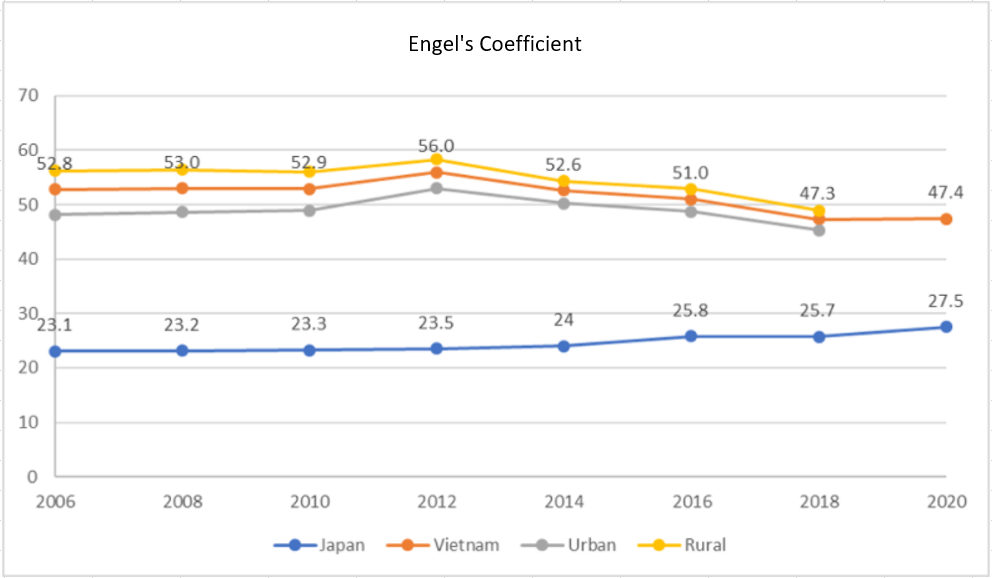
Switching from no takeaways or eating out to self-cooking due to lockdown
However, the lockdown caused by the spread of the COVID-19 severely restricted people from going out, suspended all restaurants, and stopped restaurant delivery services, forcing people to cook for themselves. The increase in self-cooking opportunities has raised people’s awareness of food and health, and for a while it was fashionable to cook healthy, creative and unusual dishes using ingredients available at home and post them on social media.According to our survey, in addition to the noodle dishes and snacks sold at street stalls that they would normally eat out, they are also trying non-Vietnamese dishes such as seaweed rolls, western sweets and bread. Given the ban on the delivery of pre-prepared food, there were also many deliveries of semi-prepared products where the finishing touches are done at home, such as frozen bread, frozen pizza and milk tea with tapioca attached in a separate package.
The increasing health-consciousness of the Vietnamese can be observed in the increase in the frequency of breakfast consumption. According to Herbalife Nutrition’s 2021 Asia Pacific Breakfast Habits Survey, 43% of Vietnamese consumers said that they “eat breakfast more often” after the spread of the COVID-19. In addition, 57% said that they now eat a healthier breakfast than before, with specific examples including ” Eating more fruits and vegetables for breakfast” and “paying attention to the balance of nutrition”. (*2)
The change in the eating habits of the Vietnamese people caused by the spread of the COVID-19 is that they have shifted from “enjoying eating out easily” to “cooking healthy meals on their own”, and a certain number of them are expected to continue cooking on their own even after the lockdown is lifted.
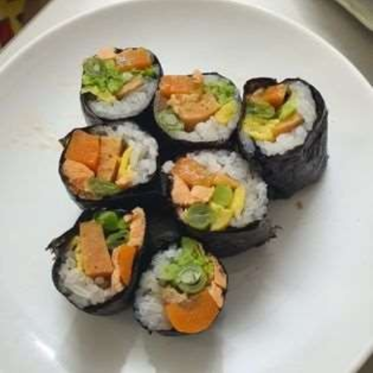
Food entertaining “Cook, share and enjoy reaction”
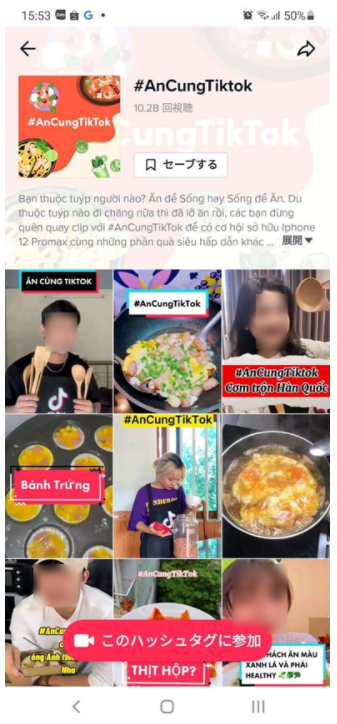
”WANNA” to produce product promotion videos that penetrate the Vietnamese lifestyle
Japanese food is highly valued as a healthy, safe and tasty foreign cuisine, but it also faces challenges such as “not knowing how to use Japanese ingredients and seasonings”. Despite this, Matsumoto Kiyoshi, which opened its first shop in Ho Chi Minh City in October 2020, is actively trying to make its top-selling Green juice in Ho Chi Minh City part of the Vietnamese lifestyle. In fact, the company has produced a recipe video for Green juice jelly, which is shown on the shelves of its shops, and has also posted the video on its SNS page, where people have commented on where they can buy it, whether it is effective against pimples, and whether it tastes the same as matcha green tea.Now that the new coronavirus has changed Vietnamese people’s awareness of food and health, companies that “want to promote their Japanese products to Vietnamese people’s lifestyles” should try to “entertain” cooking and self-catering by using recipe videos on social networking sites to introduce how to cook their products, or by proposing new dishes that combine Japanese and Vietnamese food. This could lead to increased demand.
Intage Vietnam has teamed up with WANNA, a Vietnamese recipe video distribution company, to create and distribute videos to introduce the products. Currently, the main products are groceries, but we plan to expand the product range to include cosmetics and care products. We provide a full range of support from market research to sales, including shooting recipe videos, distributing via SNS, measuring research and directing users to product sales pages. The videos produced will be distributed on the WANNA app “TasteShare”, which is used by 1 million women in their 20s and 30s living in the urban areas of Ho Chi Minh and Hanoi, and can also be viewed on companies’ owned media and digital signage in shops in Vietnam. Companies that have not yet entered the Vietnamese market can use the WANNA app to increase awareness of their products, which will lead to sales in Vietnam.
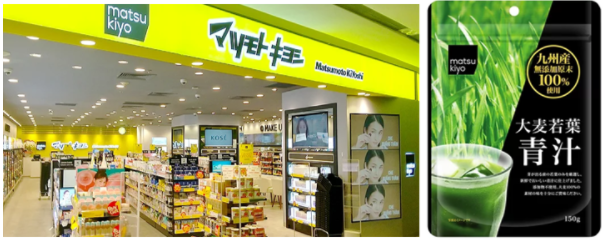
-
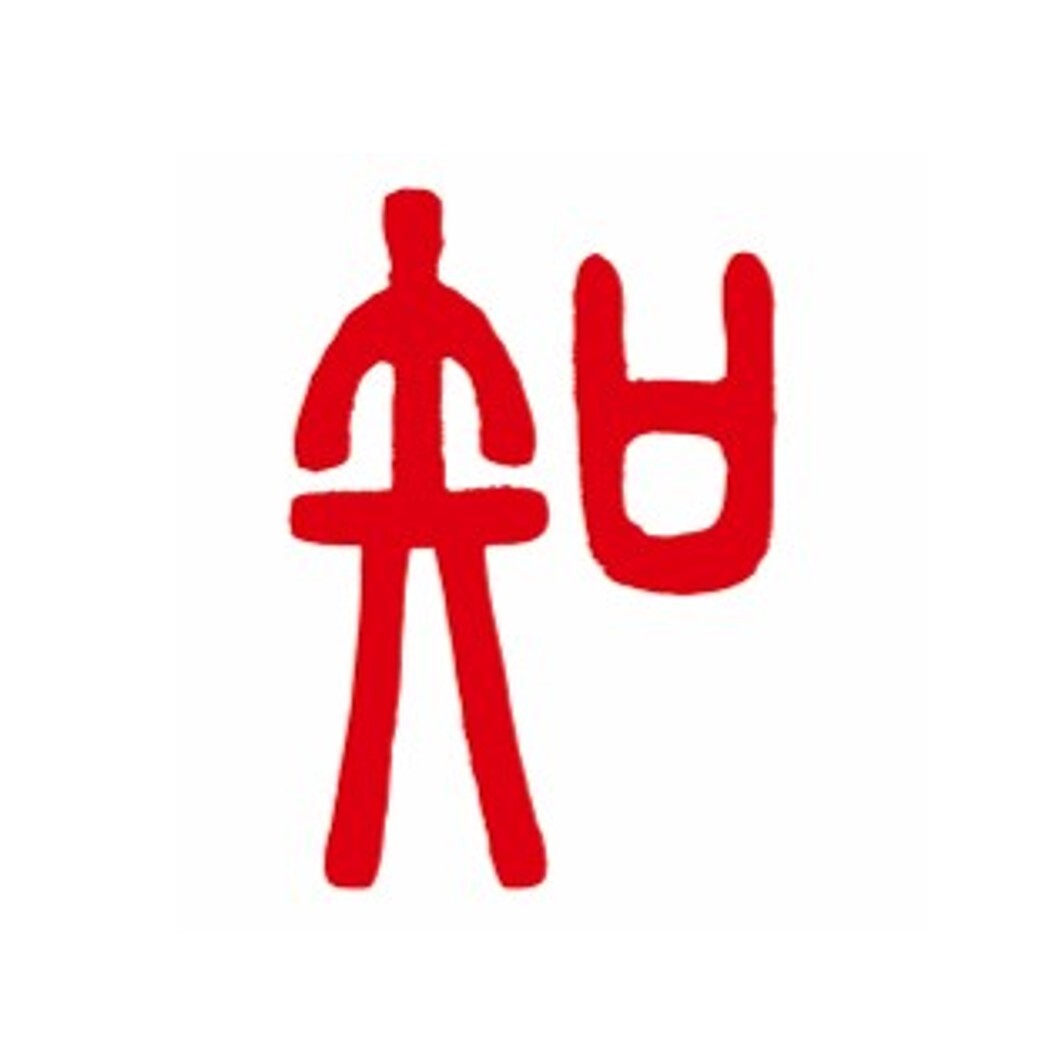
Author profile
Yuki Makino
In charge of customer support at INTAGE VIETNAM. Currently, as a research assistant, she provides support for collecting local raw information and data from the perspective of an 8-year local resident. She provides clients in various industries with analysis results and improvement measures using various data.
-

Editor profile
Fong-Tat CHEW
 Global Market Surfer
Global Market Surfer CLP
CLP